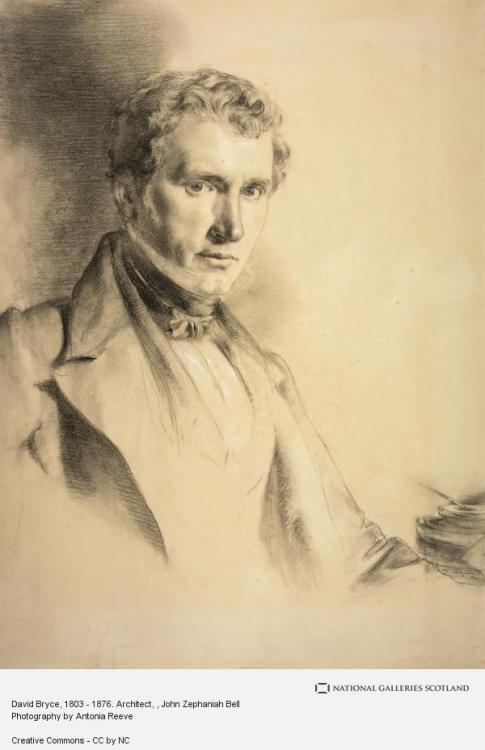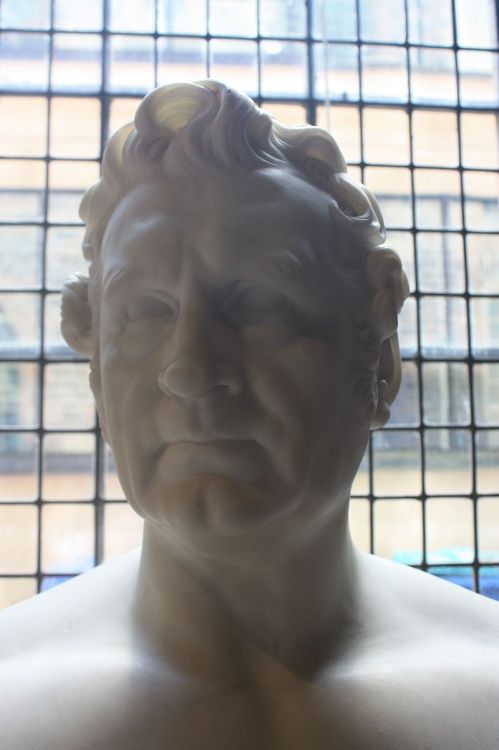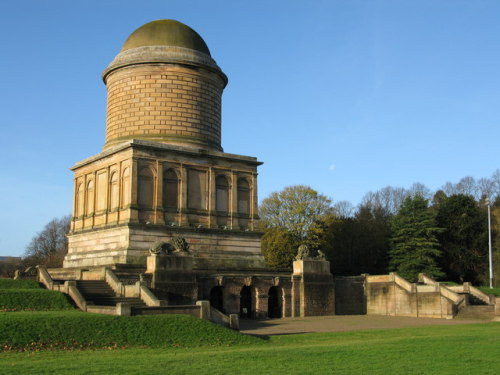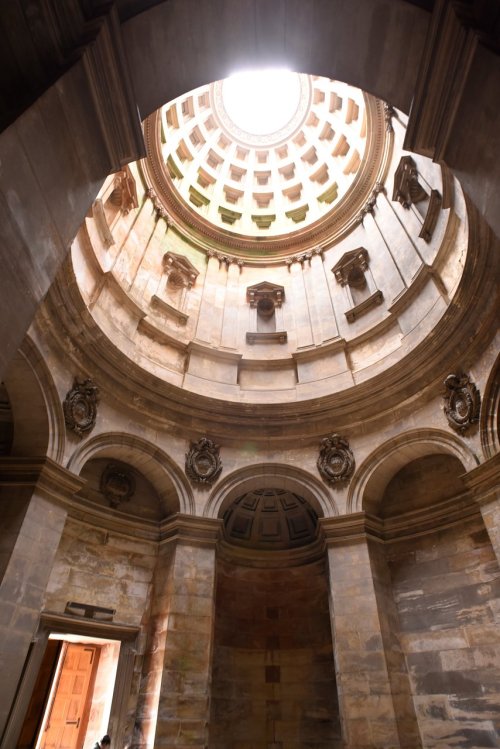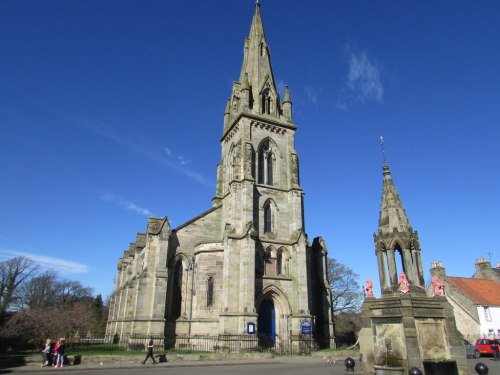May 7th 1876 saw the death of the leading Scottish architect David Bryce.Bryce was born in Edinburgh
May 7th 1876 saw the death of the leading Scottish architect David Bryce.Bryce was born in Edinburgh, where his father was a successful builder. He was educated at the Royal High School and joined the office of the architect William Burn in 1825, at the age of 22. By 1841, Bryce had risen to be Burn’s partner. Burn and Bryce formally dissolved their partnership in 1845, with disputes over the building of St Mary’s Church, Dalkeith, Midlothian, for the Duke of Buccleuch.Burn moved to London, and Bryce succeeded to a very large and increasing practice, to which he devoted himself with the enthusiasm of an artistic temperament and untiring energy and perseverance. In the course of a busy and successful career, which was actively continued almost down to his death, he became the top architect in Scotland, and designed important works in most of the principal towns of the country.In 1835 he was elected an associate of the Royal Scottish Academy, he was also a fellow of the Royal Institute of British Architects, of the Architectural Institute of Scotland, of the Royal Society of Edinburgh, and officiated for several years as grand architect to the Grand Lodge of Masons in Scotland.Bryce died on 7 May 1876, after a short illness from bronchitis, leaving many important works in progress, which were completed under the superintendence of his nephew, who had been his partner for some years, and who succeeded to his business. He died unmarried.He is buried in the New Calton Cemetery in Edinburgh just west of the main north-south path, beside his nephew, John Bryce, who I mentioned finished many of his uncles projects.Of Bryce’s work the most famous, imho are, in two of the pics, interior and exterior, The Hamilton Mausoleum, which has one of the longest-lasting echoes in the world. Falkland Parish Church and The Royal Exchange Building in Dundee -- source link
Tumblr Blog : scotianostra.tumblr.com
#scotland#scottish#architect#architecture#history
